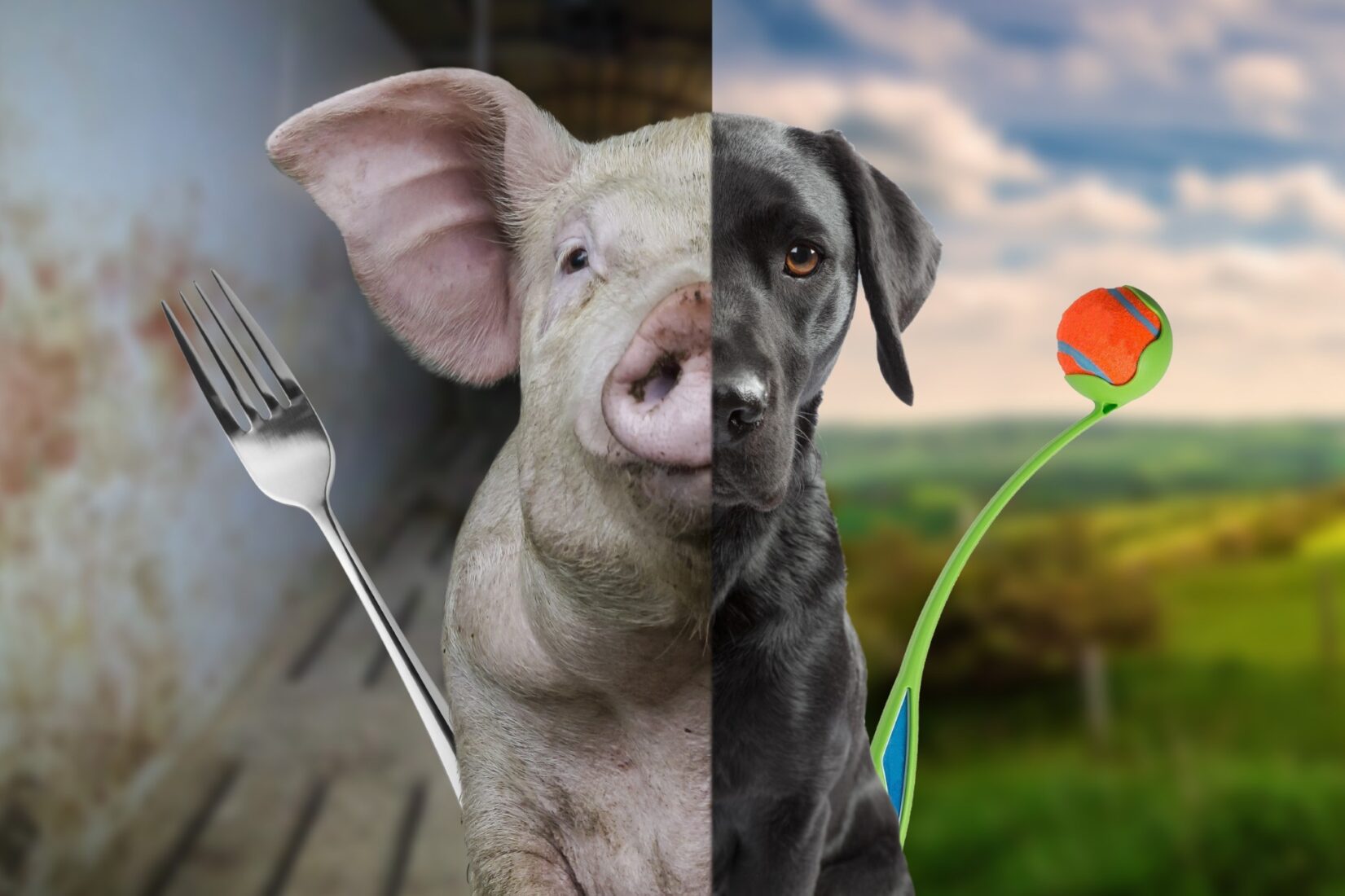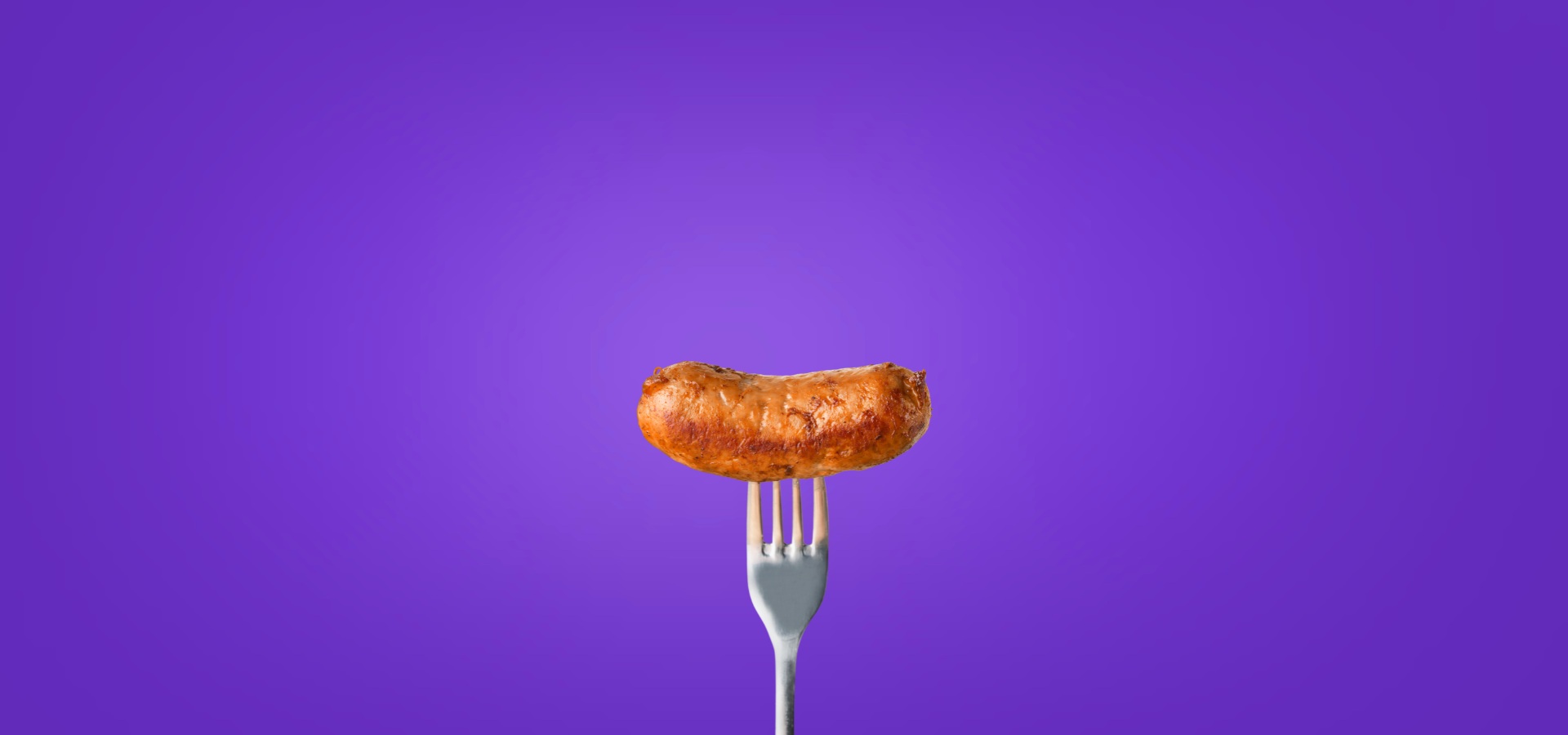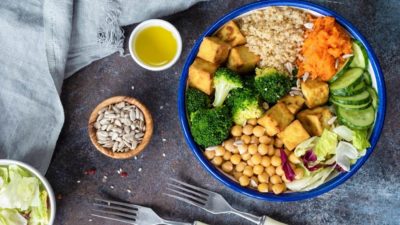Cycling

Nutrition requirements:
Cycling is about endurance and varying degrees of intensity. Of course, you need strength too but it’s not about big muscles.
You need an increased intake of complex carbs for energy, slightly increased protein intake for those hard-working muscles and some healthy fats to top up your energy levels.
Key points:
1. Pre-ride, make sure you eat something with complex carbs that will provide lasting energy – porridge or muesli are great choices, or a fruit and nut snack bar.
2. Always carry some healthy snacks and find what carbs-on-the-go work for you. When you’ve been cycling for a while and still have a way to go, you’ll need some carbs for an energy boost. For some people bananas are the best, others prefer mashed sweet potato with raisins or dates blended in a smoothie for added energy. An energy bar works too!
3. Hydration is crucial. Never leave without a bottle of water or an isotonic drink if you’re going for a long ride.
4. Up your protein intake. Depending on the length and intensity of your training, you need between 1 and 1.4 grams of protein per kilogram of bodyweight (0.5-0.6 g/lb).
5. Eat your fruit and veg – all the antioxidants and beneficial phytochemicals help to protect your tissues from damage and help you to recover faster.
Sample Meal Plan: Endurance Athlete because that’s what you are!
Inspiration: Dotsie Bausch, Christine Vardaros, Adam Hansen, Catherine Johnson, David Smith, Frans Claes, Lisa Gawthorne, Mo Bruno-Roy, Kevin Selker, Zak Covalcik, Jack Lindquist, Molly Cameron, Catherine Johnson and many more!
Dotsie Bausch, Olympic athlete, on how adopting a vegan diet transformed her performance: “There were probably changes in my body like enhanced blood flow from nitric oxide to my working muscles. But what I noticed was my recovery. I was in my late 30s when I was trying to make the 2012 Olympic team, which made me 10–20 years older than my teammates and competitors. Many people told me I wouldn’t make the team, but I knew that if I wanted to do it, my race to the Olympics would be about repair and recovery. I needed to be able to handle a high workload one day and repeat it the next, which is where the anti-inflammatory nature of plants helped. I also had to build lots of muscle, and in three years, I went from being able to push a little over 300 pounds to almost 600 pounds on a leg sled. The only change I’d made? My diet.”







